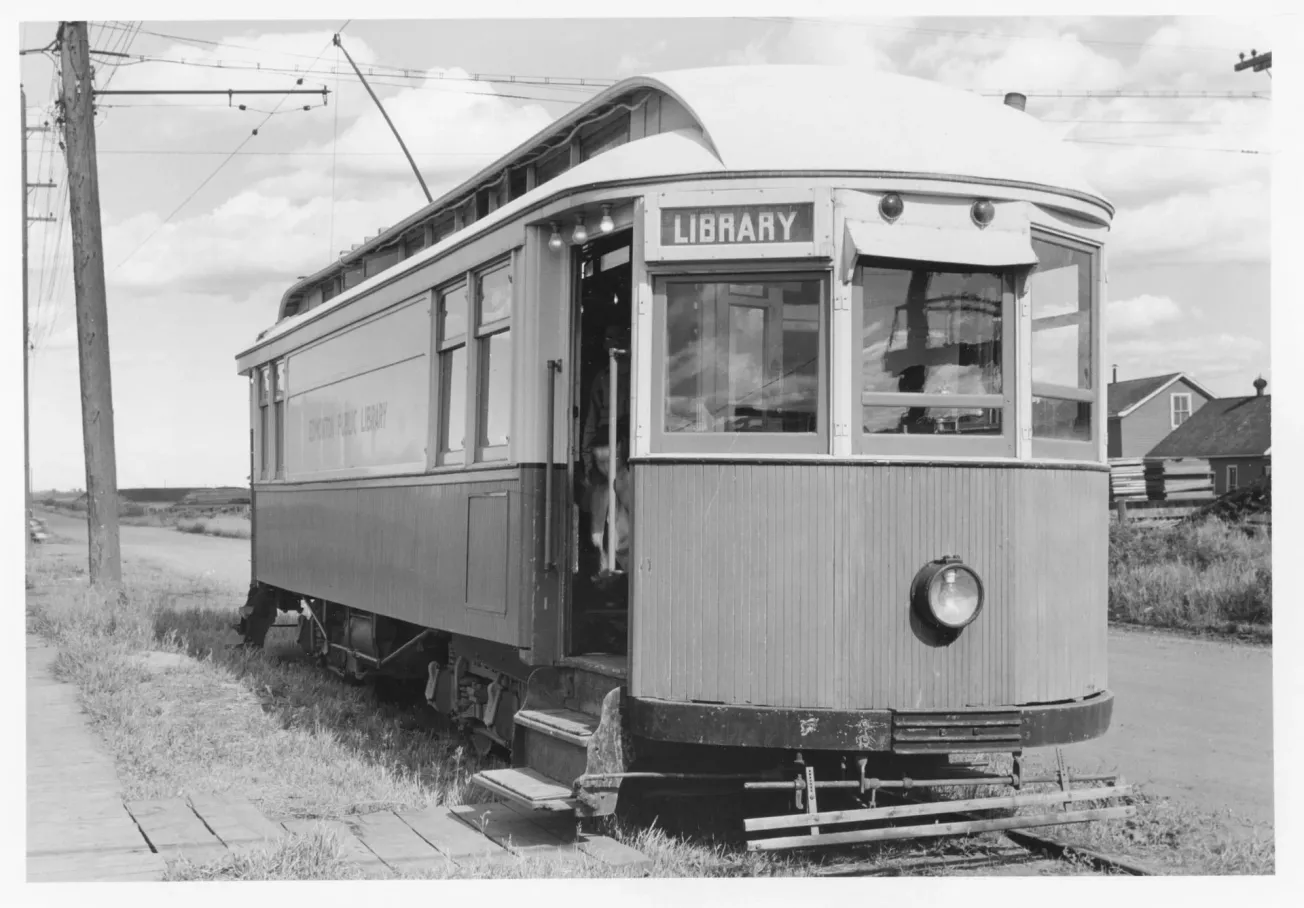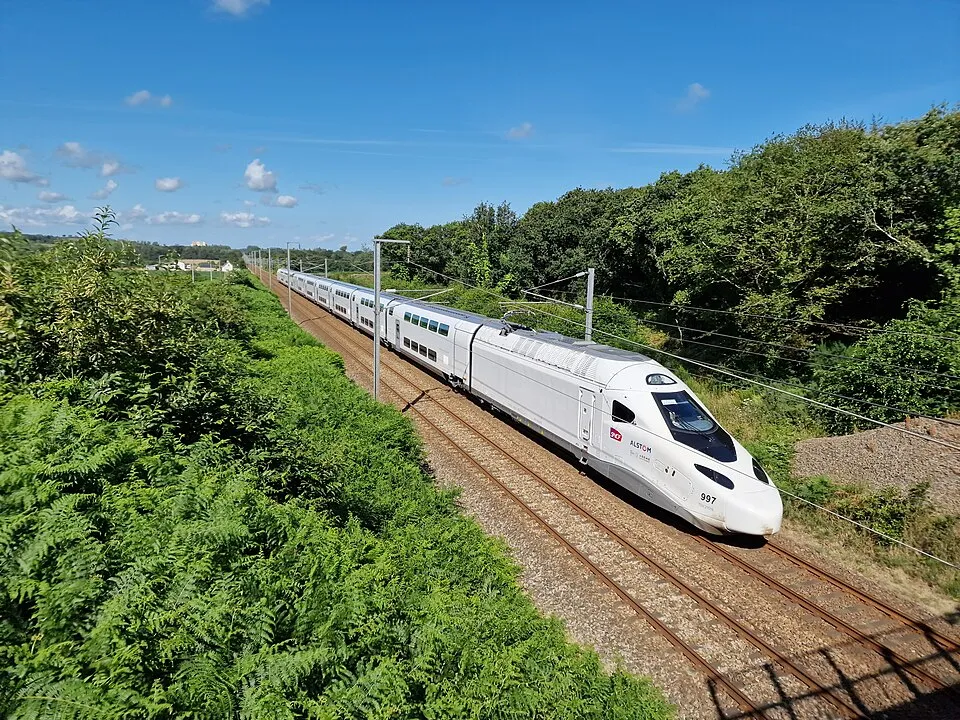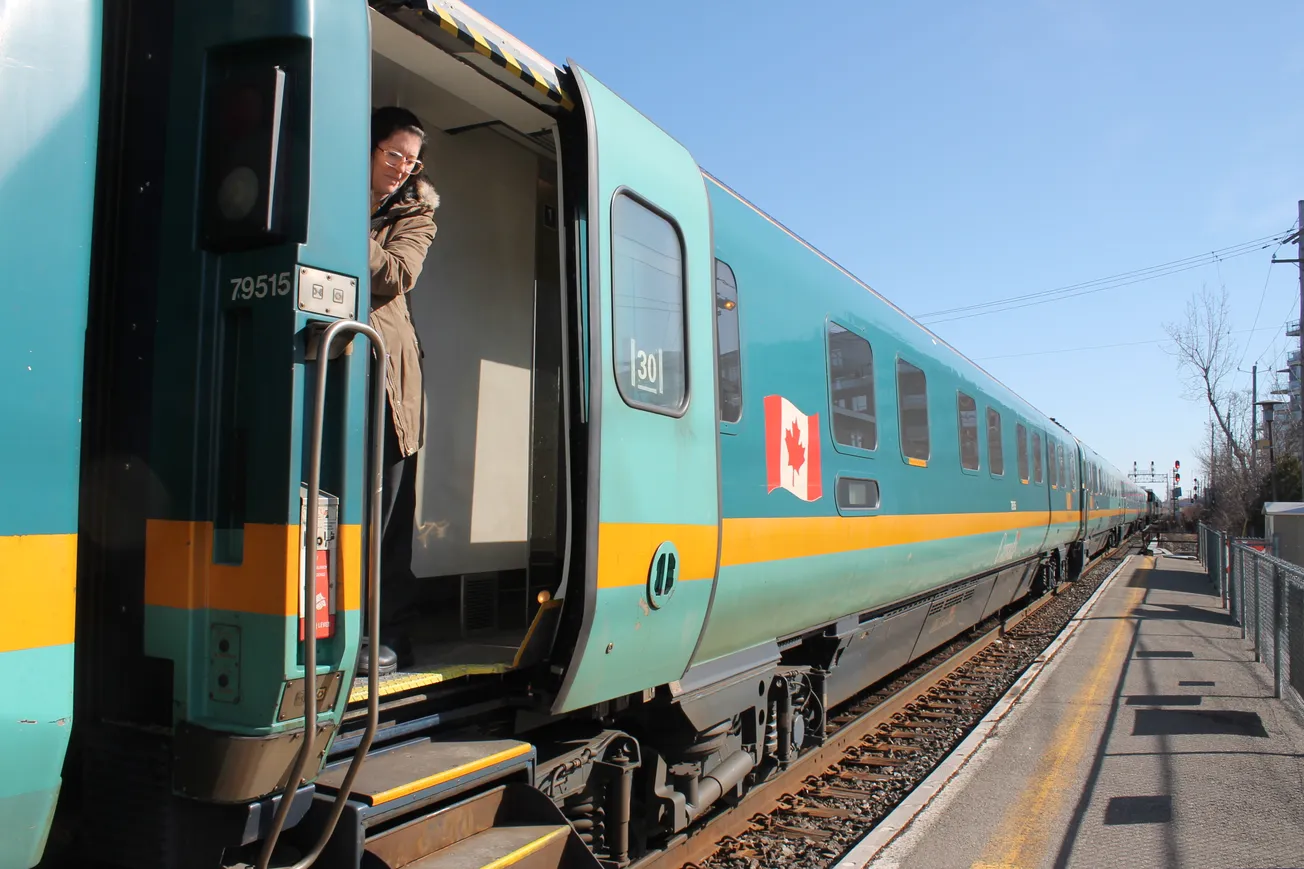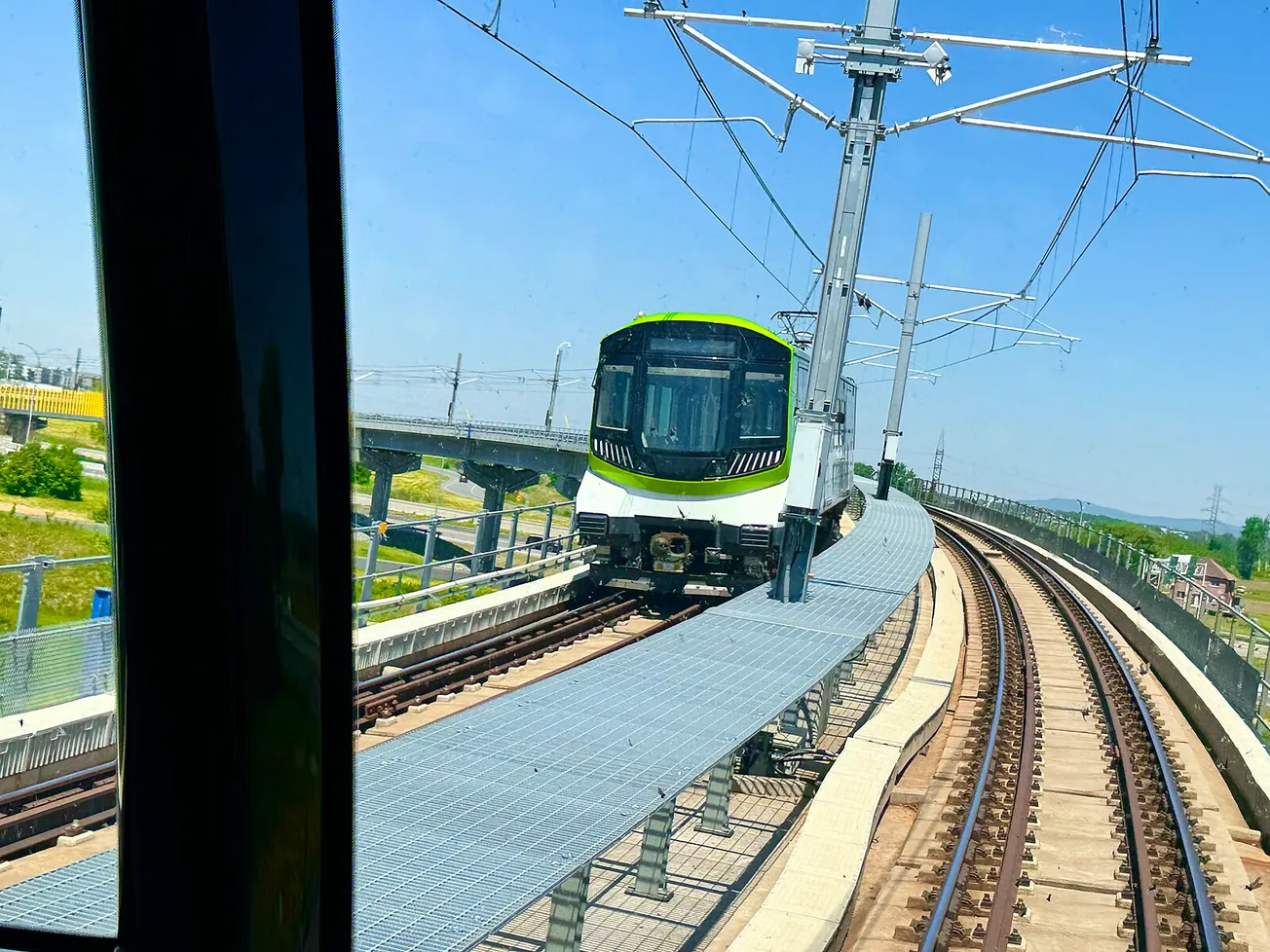And Other Inspiring Places where Books and Transport Meet
// Last week, I wrote about the co-evolution of railways and books. To summarize: railway journeys, often of several hours, often in compartments, were ideal settings for reading a book, a newspaper, or a magazine. In the mid-19th century, booksellers such as W.H. Smith in England, and Hachette in France, got their start selling novels at stalls in train stations. (My friend, the writer and translator David Homel, reminds me that roman de gare — "train-station novel" — is an expression used to describe a book that is distracting but superficial; the French equivalent, more or less, of our "beach read.") Later, Penguin, those portable paperback editions of high-quality literary works, was born when publisher Allen Lane, regretting the lack of something to read on his way back from a meeting with Agatha Christie, came up with the idea for a vending machine for paperbacks on train platforms.
But the buying and selling of books was only one aspect of this co-evolution. From the start, lending libraries were associated with rail networks, which makes sense: a network of stations is similar to a municipal library system, with its many branches serving different neighborhoods. In 1849 Paddington Station in London had a lending library with one thousand volumes, mostly fiction, which you could read for a penny; for a slightly higher fee, you could read them on the train and drop them off at the station where you disembarked (or, more precisely, if less elegantly, detrained).
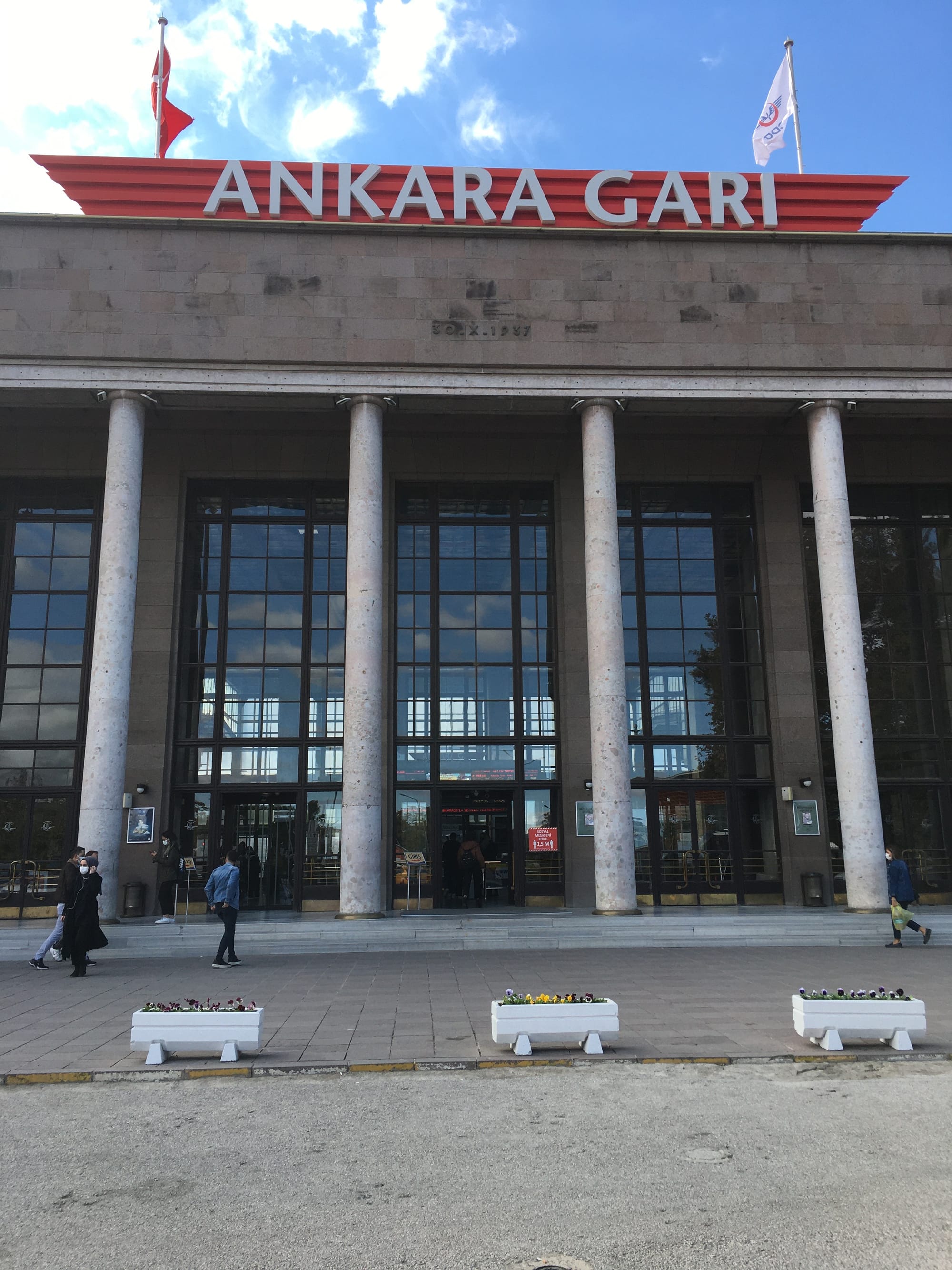
I encountered one such library in an unexpected place: the high-speed rail station in Ankara, Turkey. I'd ridden there from Istanbul to research a feature for National Geographic, and discovered that Ankara actually had two distinct, and distinctly striking, stations.


